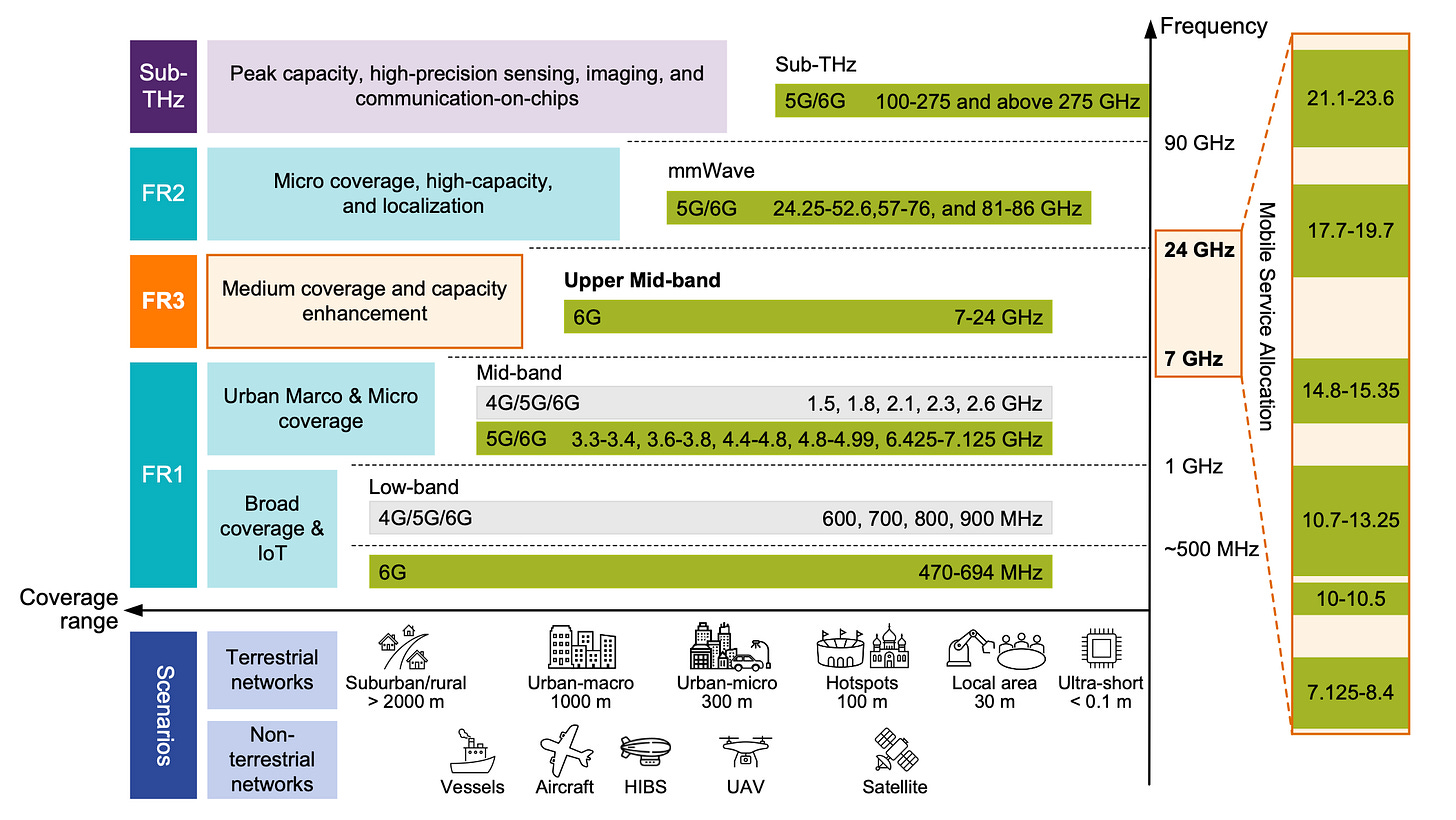Has RF Lost Its Spark? Rethinking Innovation in the AI Era
A field report from the 2025 International Microwave Symposium on RF’s identity crisis.
Welcome to a 🔒 paid-subscriber technical conference update 🔒.
Travel to conferences takes a lot of time and money; your support for the content is greatly appreciated! As a paid subscriber, you will get additional in-depth content. If you’re new here, check out the start page to get oriented. We also have student discounts and lower pricing for purchasing power parity (see discounts).
With AI being the new kid on the block, there is a sense of getting left behind for anyone working on anything unrelated to the recent AI hardware boom. While AI does not make everything else unimportant by default, there was an eerie sense of gloom in a panel session at the 2025 International Microwave Symposium (IMS), held at San Francisco, CA, last week.
The panel asked the question:
“RFIC Innovation: Has the field stalled or are researchers losing their way?
In this post, we will discuss how the RF industry is facing an identity crisis and what future innovation might look like. Here is an outline.
What are we solving for?: Although 5G has yet to deliver a breakthrough use case, 6G promises new technical frontiers — albeit with unclear commercial value.
Technology stagnation: Many fear the RF field is plateauing, with innovation slowing and top talent drifting toward AI.
🔒Innovation through randomness: AI introduces a new kind of creativity in circuit design, using randomness to explore unconventional but effective solutions. We will discuss a neat framework for innovation.
🔒Everything is RF: RF expertise remains critical in high-speed systems, from data centers to photonics, demanding holistic, cross-domain solutions.
Read time: 6 mins
What are we solving for?
The past twenty years have been the glory days of wireless communications, with the first iPhone being released in 2007. We have seen the incredible explosion of mobile communications and five generations of wireless technology. In an earlier post, I argued that, in all likelihood, we have everything we need in terms of mobile data rates. 5G is yet to find its killer app and consumer-grade millimeter-wave technology fell flat on its face.
Why then should we care about what 6G has to offer? What are the pressing problems in RF communication are we trying to solve? There are three scenarios that stand out:
Non-terrestrial networks (NTNs), providing connectivity from space, are capable of increasing coverage on earth without extra ground-based infrastructure. But satellite markets are niche, and ROI remains uncertain.
FR3 or upper mid-band spectrum designed to operate in the 7—24 GHz frequency range would boost data rates while providing a moderate propagation distance. The inclusion of new frequency bands in 6G would incur hardware upgrade costs for which telecom providers will likely show lukewarm enthusiasm for.
Sub-Terahertz applications in the D-band (110—170 GHz) spectrum and above, which have applications in multi-kilometer wireless backhaul links, and integrated sensing and communication (ISAC). This is still a new area of research which might hold useful applications, but is still a ways out from practical deployments.

While there are a plethora of problems that can still be solved in within every niche area of communications, there was a concern that there are no fundamental innovations being worked on. Or maybe things just don’t feel the same in the revolutionary era of AI we are witnessing.
Technology Stagnation
Innovation by going to higher frequencies or battling figures of merit of various circuit blocks is suitable for academic publishing, but fails to cause tectonic shifts in how we drive technology forward. As Dr. Naveen Yanduru, CEO of Axiro Semiconductor who was also in the panel, put it, “We are not evolving, we are drifting.”
Others in the panel seemed to agree that there are fewer groundbreaking papers every year in the field. There is a systematic shift towards packaging, system integration and advanced materials. More research groups in universities are pivoting to AI, compute, and photonics. One could also argue that the talent pipeline is broken, with the smartest young minds going to technical areas more aligned with the AI hardware boom.
In the industry, RF components have become commoditized. The focus has shifted to system-level solutions instead of circuit-level innovations. For instance, have a problem with the amplifier? — don't worry, we will fix it in software. Industry participation in RF/microwave engineering R&D is generally low even if 18% of accepted papers were from industry at this year’s conference (industry submissions increased by 85% compared to last year).
Many of these symptoms don’t point to a thriving microwave industry, but rather one that’s trying to find a foothold in the digital revolution unfolding in the AI landscape. Traditional RF design as we know it might have stagnated, but it is more than likely we are at an inflection point where new paradigms for the industry are just being written.
Keep reading with a 7-day free trial
Subscribe to Vik's Newsletter to keep reading this post and get 7 days of free access to the full post archives.


